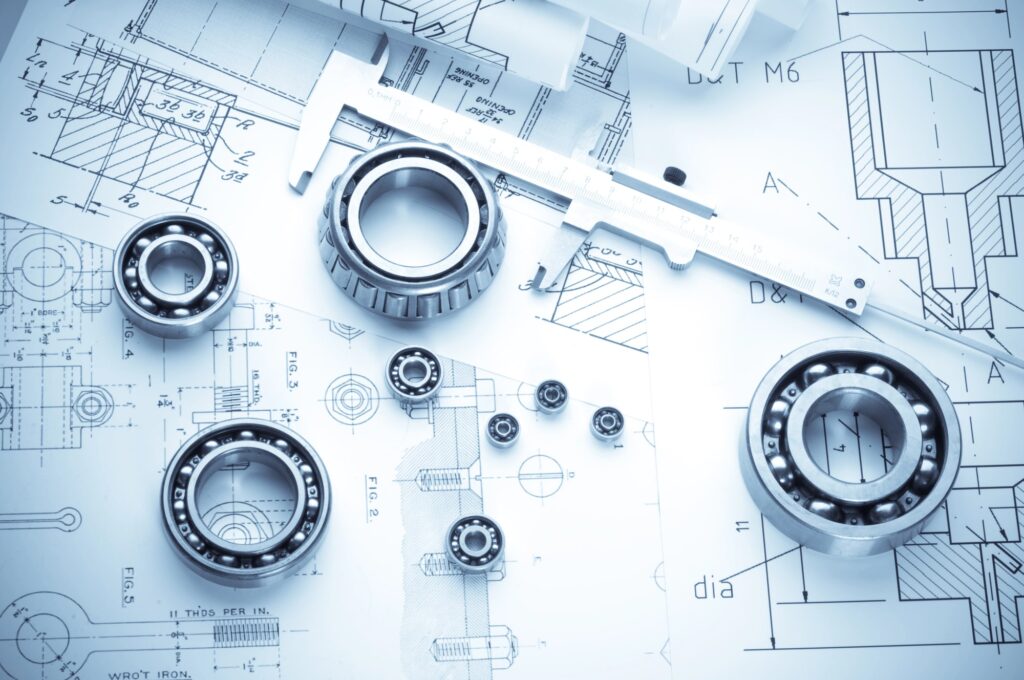This post examines the recent lease by BSA Design & Architecture at the historic Savona Mill in Charlotte’s West End. It explains why this move matters for adaptive reuse, neighborhood revitalization, and office design trends.
Drawing on three decades of experience in architecture and engineering, I’ll unpack the development’s design strategies and sustainability implications. I’ll also discuss what this signals for similar historic preservation projects in urban markets.
Savona Mill and BSA: A strategic match for adaptive reuse
Savona Mill is a century‑old textile complex. White Point Partners is redeveloping it into a mixed‑use destination with offices, retail, and public green space.
The lease by BSA Design & Architecture is one of the first professional firm commitments at Savona Mill. This validates the developer’s vision and brings a design‑focused tenant into a building that celebrates industrial heritage while meeting modern workplace needs.
Why this lease matters to Charlotte’s West End
The presence of a design firm in a renovated historic mill has practical and symbolic value. BSA will occupy custom interiors and open studio layouts that showcase their design ethos.
Book Your Dream Vacation Today
Flights | Hotels | Vacation Rentals | Rental Cars | Experiences
Symbolically, this lease signals momentum for the West End as a destination for creative, tech, and professional services. These businesses often prefer unique, adaptive spaces over traditional suburban office parks.
Design and sustainability: marrying old structure with new performance
The Savona Mill project focuses on sustainable upgrades while keeping key industrial features like exposed brick, timber beams, and large windows. Balancing preservation and performance is delicate but achievable with careful coordination, energy upgrades, and daylighting strategies.
Connectivity to the Stewart Creek Greenway improves the project’s environmental and social sustainability. It encourages active transportation and provides public amenity space.
For tenants, being close to greenways and transit is now a measurable asset in recruitment and retention.
Elements of successful adaptive reuse illustrated here
The Savona-BSA arrangement highlights several design moves that make adaptive reuse viable and appealing:
Market implications and what developers should note
BSA’s lease is more than a tenancy. It serves as a proof point for lenders, potential tenants, and civic partners that adaptive reuse in Charlotte’s west side can attract design‑forward companies.
Developers should note that creative tenants value narrative and authenticity as much as square footage and amenities.
From a feasibility perspective, projects like Savona often require layered financing and incentives. Having an early design tenant reduces leasing risk and helps build momentum for phased redevelopment.
Lessons for architects and engineers
For design teams, the Savona Mill example highlights the need for early collaboration among architects, structural engineers, and MEP consultants.
Retrofitting old mills requires practical solutions for thermal performance and acoustics. Vertical circulation is another key area where experience impacts both cost and results.
Here is the source article for this story: Architecture firm chooses renovated mill for first Charlotte office
Book Your Dream Vacation Today
Flights | Hotels | Vacation Rentals | Rental Cars | Experiences

